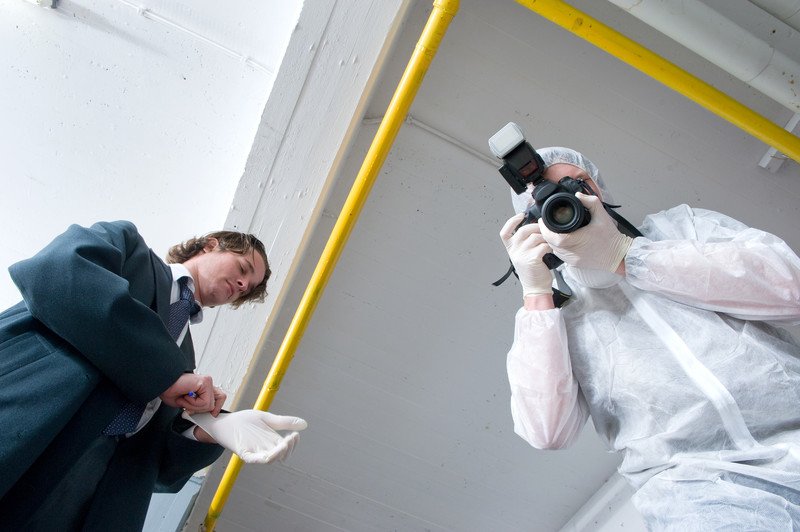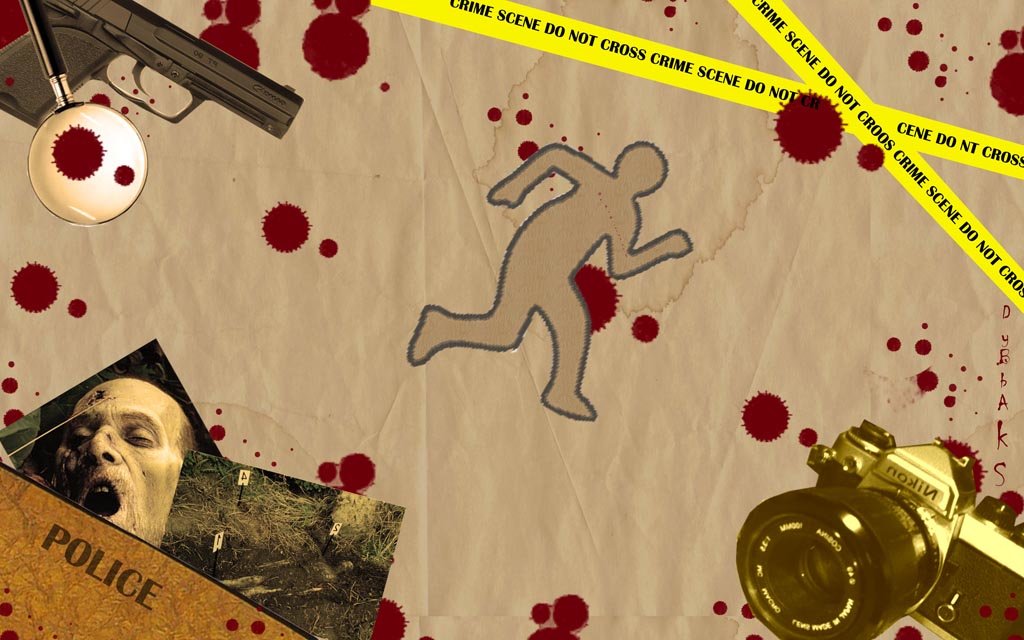Modern forensic science methods used today make it easier for law officials to solve an assortment of crimes such as theft, assault and murder. False accusations and unsolved crimes were quite common before scientists discovered how to test blood, hair or fingerprints left at the scene of criminal activity. There were no police officers in many geographic regions who understood how to collect evidence properly to determine who committed a crime. Individuals witnessing a crime or finding a murder victim might tamper with objects preventing law officials from making an accurate arrest. In addition, communication between different cities and towns was difficult leading to not understanding the various ways to look for evidence.
Specialty Forensic Areas

Forensic science is also useful for other research such as biology, anthropology and archeology. Students can study forensic science at a university to work in a variety of career fields. In addition to learning basic forensic knowledge, a student can specialize in areas such as botany, art or psychiatry. The specialty areas of forensic studies are steadily increasing as scientists find more ways to investigate evidence. More individuals are also interested in learning forensic science due to the popularity of television programs that depict crime solving detectives gathering and studying evidence. While fictional story lines on television programs make it seem easy to solve crimes, .
History of Forensics
Fictional books written by Sir Arthur Conan Doyle depicting Sherlock Holmes beginning in the late 1800s helped to spread the knowledge of forensic science to other locations. The character Sherlock Holmes would often analyze tiny fragments of items such as paper or cigar ashes found at crime scenes. As crime became more common in larger cities, police departments began to use better methods to solve crimes. The Jack the Ripper murders that occurred in London in 1888 frightened the public leading to the local police force learning new ways to search for evidence including hiring sketch artists and photographers to document the victims’ wounds.
Using Fingerprinting Evidence
In the early 1820s, researchers began to consider how fingerprints could assist in capturing criminals. For many years, archeologists found fingerprint impressions on ancient artifacts such as tiles, bricks and pottery made by handcrafting processes. Several cultures used fingerprint signatures to sign contracts on clay tablets before people knew how to write. Eventually, scientists learned that each individual has unique fingerprints that are useful for identification and solving crimes. Today, there are databases of thousands of fingerprints that law officials can access quickly with computer programming.
New DNA Techniques
Crime scenes typically will have an assortment of evidence left behind by criminals such as drops of blood, strands of hair or torn fingernails. At the same time, the criminal often carries away unique evidence from the crime scene that proves guilt in the courtroom. When physicians learned how to type blood for transfusions, this was also a useful forensic science discovery. A whole niche of industries cater to the safe keeping of important biological evidence, and play an important role in this process. To solve crimes, forensic experts often collect blood from spatters on clothing and hard surfaces after criminals attack victims. Overtime, scientists learned that DNA located in saliva and blood of criminals offered more opportunities to identify criminals quickly and accurately. Forensic scientists are now able to solve crimes that occurred long ago by analyzing evidence with new DNA techniques.
Sources:


